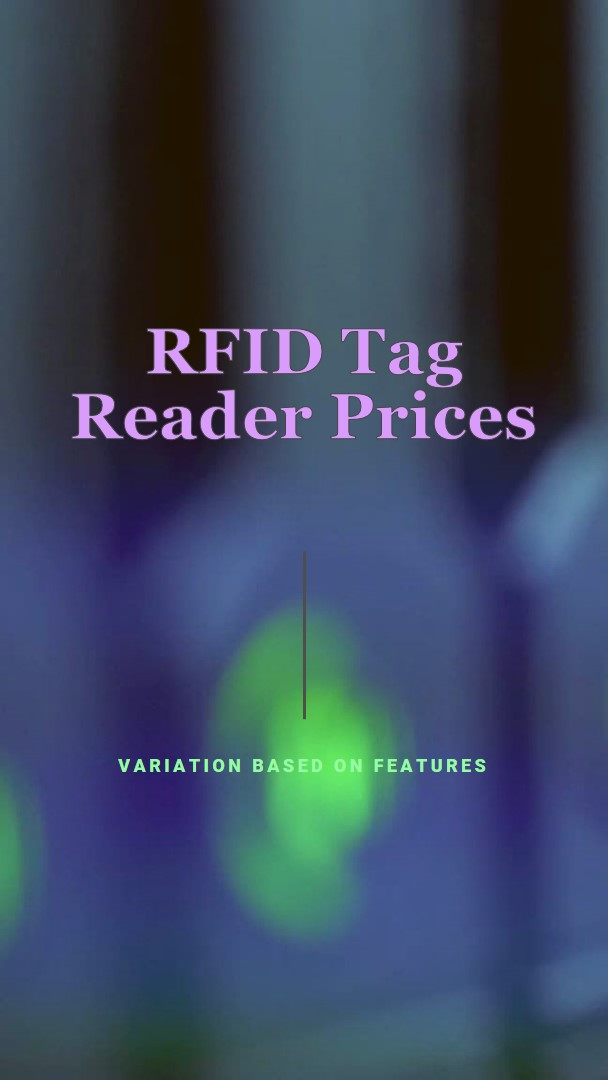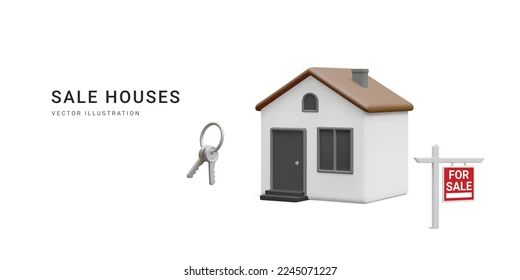How RFID Tag Reader Prices Vary Based on Features in 2024

As technology continues to advance, RFID (Radio Frequency Identification) tag readers are becoming an integral part of industries ranging from retail and logistics to healthcare and manufacturing. In 2024, the landscape of RFID tag reader price reflects the sophistication of features, applications, and technology integrations. Businesses looking to invest in RFID systems often wonder, “How do the prices of RFID tag readers vary based on their features?” This article will delve deep into the factors influencing the pricing of these devices, providing you with a comprehensive understanding of what to expect when sourcing an RFID tag reader for your business.
What Are RFID Tag Readers?
Before diving into price variations, it’s crucial to understand the function of an RFID tag reader. RFID tag readers are devices used to capture and interpret data stored on RFID tags, which are attached to various objects or products. This technology enables businesses to track and monitor items wirelessly, using electromagnetic fields to identify and capture data.
RFID systems are categorized into three frequency types—low frequency (LF), high frequency (HF), and ultra-high frequency (UHF)—each with different applications, costs, and range capabilities.
Price Ranges for RFID Tag Readers in 2024
The prices of RFID tag readers in 2024 vary significantly depending on their features. Here’s a breakdown of the general price ranges based on functionality and technology:
- Basic Handheld RFID Readers: $150 – $500
- Fixed RFID Readers: $500 – $3,000
- Industrial-Grade RFID Readers: $3,000 – $10,000+
- Custom-Built RFID Solutions: $10,000 and above
The wide range in pricing stems from factors like the frequency type, read range, connectivity options, durability, and any additional features tailored to specific business needs. Let’s break down these features and their impact on the cost.
Key Features Influencing RFID Tag Reader Price
- Frequency Type and Range
The frequency type is one of the primary factors that influence the cost of RFID tag readers. Here’s how different frequency types affect pricing:
- Low Frequency (LF) Readers: Typically, these readers are more affordable because they offer shorter read ranges (up to 10 cm) and lower data transmission rates. LF RFID readers are priced between $150 and $300.
- High Frequency (HF) Readers: HF RFID readers offer a mid-range read capability (up to 1 meter) and are often used in applications like access control, payment systems, and data transfer. The price of HF RFID readers ranges between $300 and $1,000.
- Ultra-High Frequency (UHF) Readers: UHF RFID readers can read tags from a much longer distance (up to 12 meters or more) and are often deployed in industries like logistics and inventory management. UHF readers tend to be more expensive, with prices ranging from $500 to $3,000, depending on the range and additional features.
- Durability and Build Quality
The environment where RFID readers are deployed plays a significant role in determining their price. Industrial-grade RFID readers that are ruggedized for harsh environments—such as manufacturing floors or outdoor usage—come with a higher price tag due to their durability, weather resistance, and impact-resistant casing. Such readers can range from $3,000 to $10,000, compared to basic models which are suitable for indoor use and typically cost less than $1,000.
- Connectivity and Integration Options
Modern RFID readers come equipped with a variety of connectivity options that significantly affect pricing. Readers with Wi-Fi, Bluetooth, USB, and Ethernet connectivity are often priced higher than models that use basic wired connections. For example, a basic handheld RFID reader with USB connectivity might cost around $200, whereas a model with wireless and Bluetooth capabilities can reach up to $1,000.
Businesses requiring RFID readers that seamlessly integrate with ERP (Enterprise Resource Planning) systems, warehouse management software, or inventory management platforms will need to invest in readers with advanced integration capabilities, which can elevate prices to the $2,000 – $5,000 range.
- Read Range and Antenna Configuration
The number of antennas, the type of antennas, and the read range of RFID readers directly impact their cost. Fixed RFID readers with multiple antennas offer a higher read range, covering large areas such as warehouses, shipping docks, or retail spaces. These readers typically cost between $1,000 and $3,000. In contrast, a basic RFID reader with a single antenna configuration for close-range applications might cost as little as $500.
- Data Security Features
RFID readers equipped with robust encryption and security features tend to have higher price points. As concerns about data privacy and security grow, RFID readers that can ensure secure transmission of data are becoming more popular. Readers with advanced security features like end-to-end encryption, secure socket layers (SSL), or user authentication protocols can cost anywhere between $1,500 and $4,000.
- Specialized Software and Customization
For businesses needing a tailored RFID solution, the cost will increase due to the need for specialized software and customization. For example, custom-built RFID readers integrated with AI-driven analytics or IoT connectivity (Internet of Things) can cost over $10,000. These devices can track and analyze data in real time, offering significant value in industries such as retail, logistics, and healthcare.
Voda IQ offers advanced RFID readers that cater to the specific needs of industries requiring high levels of customization, security, and performance, ensuring optimal results for your business.
Emerging Trends Impacting RFID Tag Reader Price in 2024
- AI and Machine Learning Integration
In 2024, RFID systems are becoming smarter with AI and machine learning. Readers that integrate AI-driven features for predictive analytics, process optimization, or automated decision-making are generally priced higher due to the complexity and value they offer. These advanced readers are typically used in large-scale operations, where efficiency and real-time data are paramount. - Sustainability and Green RFID Readers
As sustainability becomes a global priority, RFID manufacturers are creating energy-efficient readers with solar power options or recyclable materials. While these features can drive up costs in the short term, they often lead to long-term savings, especially in energy consumption. - Cloud-Based Solutions
Cloud-based RFID systems offer scalability, easy data access, and reduced hardware dependency. These systems may include monthly or yearly subscriptions in addition to the upfront hardware cost, but they offer flexibility and reduced maintenance costs, appealing to businesses looking to streamline operations.
FAQs
- What is the typical price range for an RFID tag reader in 2024?
RFID tag readers in 2024 can range from $150 for basic handheld models to over $10,000 for advanced, industrial-grade readers with specialized features. - How do different frequency types impact the cost of RFID readers?
Low-frequency readers are generally more affordable ($150-$300), while ultra-high frequency readers with longer ranges and more capabilities can cost between $500 and $3,000. - Are RFID readers with wireless connectivity more expensive?
Yes, RFID readers with wireless options like Wi-Fi, Bluetooth, and IoT connectivity tend to cost more, ranging from $1,000 to $5,000 depending on the features. - What industries require higher-end RFID readers?
Industries such as logistics, healthcare, and manufacturing often require higher-end RFID readers due to the need for longer read ranges, robust security, and seamless integration with other systems. - How do AI and IoT integration affect RFID reader prices?
RFID readers with AI and IoT integration typically cost more, often exceeding $5,000, due to the added value they bring in terms of analytics, automation, and real-time tracking.
Conclusion
RFID tag reader price in 2024 are shaped by a variety of factors, including frequency type, range, durability, connectivity, and customization options. Businesses need to carefully consider these factors when choosing the right RFID system for their needs. Whether you’re looking for an affordable, basic reader or a high-end, industrial-grade device, understanding the features that drive costs will help you make an informed decision.
How can RFID readers enhance your business operations while fitting within your budget?
Also know about Discover the Best Places to Visit in Phuket: A Guide to Thailand’s Island Paradise



